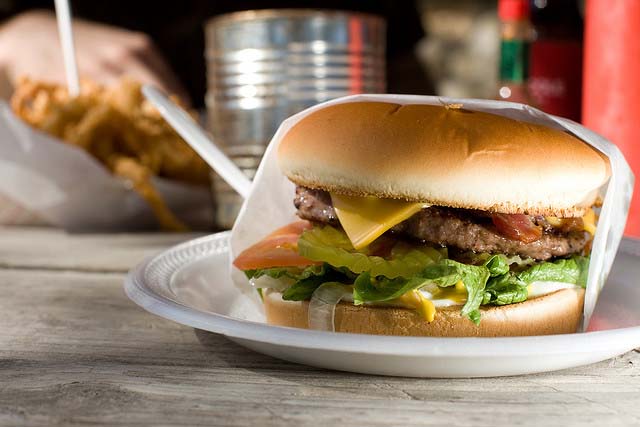As soon as food enters your mouth, it begins a long trip through your body. This trip is called digestion.

At each stop along the way, parts of your body receive the food and each performs its specialized job before sending the food on to its next stop in the digestion trip.
First, your teeth chew the food into small pieces so that it can be swallowed. This swallowing takes the food down your esophagus into your stomach.
Your stomach produces chemicals to break the food down still more, then sends it into a long tube, the small intestine. While the food travels on its 20-foot trip through the small intestine, it is being broken down more and more by the intestine’s digestive juices until most of it is in liquid form. This liquid is then absorbed through the small intestine’s walls into your blood stream.
Your blood stream takes the liquid to all parts of your body to feed its cells. The parts of food that your body hasn’t digested and cannot use go into a fat, coiled 5-foot-long tube called the large intestine. There, water is absorbed from that remaining food and returned to the blood stream, and the undigested food leaves your body as waste.
It takes about 48 hours for your body to completely digest the food from one meal!
